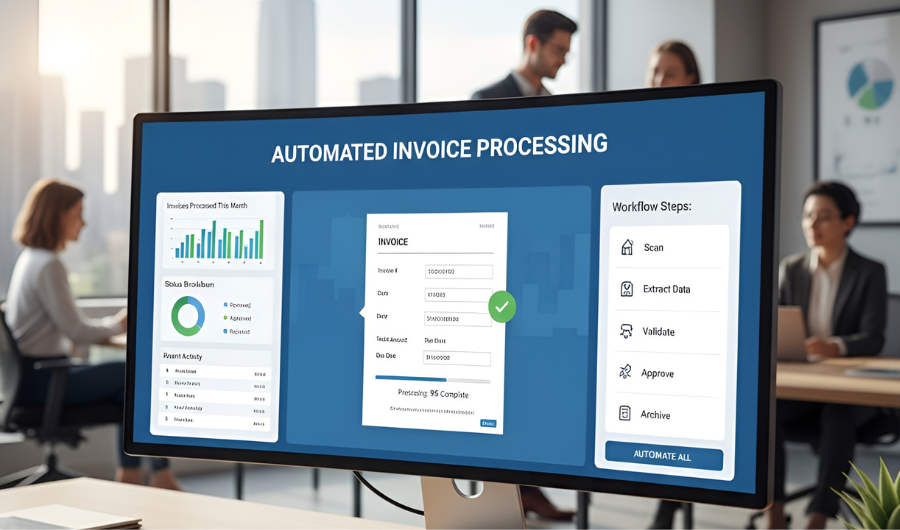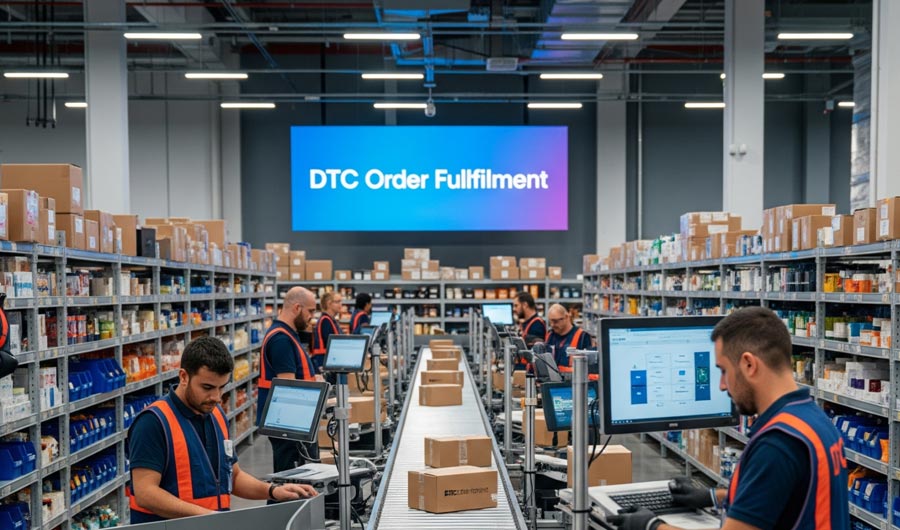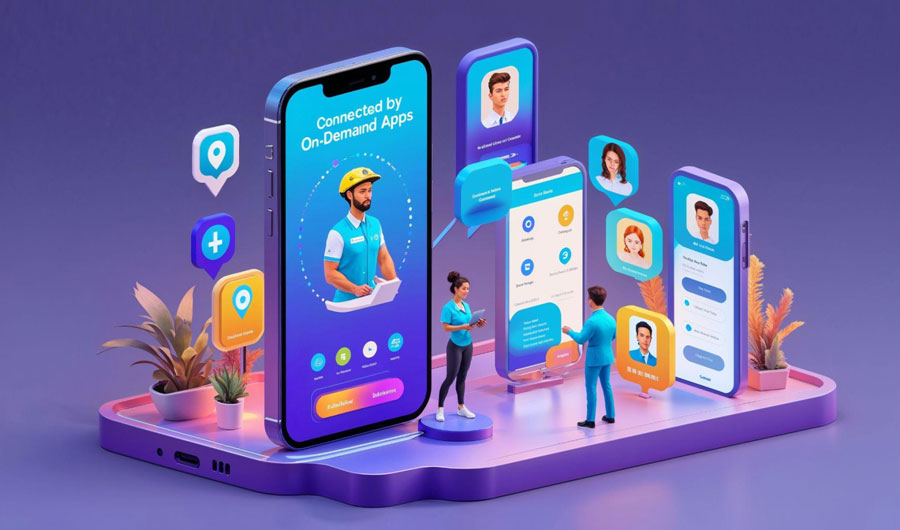
How to Use Advanced Web Design Techniques for Innovative Platforms
Keeping up in the fast-paced field of digital design calls for more than just a fundamental knowledge of web design. Advanced web design strategies are essential for platforms hoping to stand out. In particular, the direction falls towards cut-throat domains like Bitcoin-related websites. The core objective here is to provide fresh user experiences.
Including real-time data, user-friendly navigation, and responsive designs will help any campaign. So, both financial news sources and online casinos can leverage advanced web design techniques.
There are certain instances when real-time data integration is important, such as news websites and digital casinos. This blog post will discuss applying advanced, cutting-edge technologies to produce aesthetically pleasing, functionally responsive, and user-centric platforms. By the end, you will know exactly how these components might improve your platform and uplift the needs of the modern-day digital world!
Make a Space for Real-Time Data
Real-time data is growingly important in web design, particularly for platforms that depend on up-to-date information and strive to adopt progressive approaches. Let’s imagine that you’re looking for golf games to play online, and you’re not very familiar with the game. Finding a platform that offers valuable data along with the game can become such a promising start since such websites can not only ensure entertainment for players but also become reliable teaching and analytical platforms for them.
Moreover, many research reports indicate that real-time analytics, which contributes greatly to the smart design of many websites, can raise client retention and loyalty by more than 50%. This generates a dynamic environment that motivates longer site visits and keeps people engaged. Such systems can give consumers instantaneous feedback by including real-time statistics.
Therefore, they enhance the interactive and customized experience of their customers. Whether users are tracking their progress or selecting a game to play, showing real-time information, especially on the currently very popular Bitcoin gaming platforms can enable them to make wiser judgments.
Apart from casinos, real-time data integration helps Bitcoin news websites immensely. These sites live on offering breaking news, market trends, and the most recent information on Bitcoin values. Statista estimates that there are over 81 million blockchain wallet users worldwide, so real-time data is absolutely essential for websites catering to such a wide market.
Enhancing User Experience with Interactive Elements
Using interactive components that transcend basic clicks and scrolls marks the next level of advanced web design. Features like drag-and-drop interfaces, customizable dashboards, and gamified components enhancing the user experience can be included in interactive designs.
On a Bitcoin trading platform, customers could tailor their dashboards to show the most pertinent information. A web designer can improve the UI, make it simpler to navigate, and create easy-to-access page links without complicating anything. This makes the site more user-friendly. It empowers consumers by placing choice over the material they view constantly, hence escalating the element of personalization.
Another thing important for keeping consumers on the site is interactive components. Interactive websites convert two times more visitors to customers than static websites. Whether that means completing a purchase in a shopping store like Amazon, registering for a subscription on a skill learning site like Skillshare, or interacting with material in teaching sites Udemy and Coursera—a user’s likelihood of converting increases with their stay on your site.
Therefore, designing with interactivity in mind helps you to create a more immersive experience—something that is fit for the tech-savvy consumers of today. You can take infinite inspiration from these free design resources as well.
Optimizing for Mobile Users
Optimizing your platform for mobile use is not optional in the modern day. Since 60.67% of world web traffic comes from mobile devices, it is necessary. For Bitcoin systems, where users must have access to real-time data on-demand, this is especially true.
But not just that, most people prefer completing a task on their mobile because it’s more convenient for them. So, if they want to order food, they’d use a food app or go to a restaurant’s site. However, they won’t order from a site with poor web design that is incompatible with mobile use. The same could be said for platforms like banking sites and apps, cab/taxi platforms, and even gaming platforms.
Responsive design is one approach to accomplish this since it automatically changes your site’s layout depending on the screen size and device orientation. This guarantees users—from a smartphone, tablet, or desktop—have a flawless experience on your platform.
Optimizing for mobile also entails thinking about how quickly your website loads. 53% of mobile consumers reportedly leave websites that load slower than 3 seconds. It is no surprise that on mobile devices, consumers expect quick access to information. A slow-loading site can irritate users and cause significant bounce rates. Load times and general site speed can be better by using lazy loading—where images and content load as the user scrolls down the page.
Utilizing AI and ML for Greater Personalization
In the 20th century, with the advent of screens everywhere, the need for personalized experience only grows stronger by the day. Per say, a customer is more likely to keep in touch with a business site that offers them the much-needed personalization.
Such a case is particularly true for an e-commerce store. Because personalized shopping experiences can uplift engagement and sales significantly. Epsilon’s research presented that 80% of the customers are more likely to purchase because of the brand’s personalized web design.
In addition, Artificial Intelligence and Machine Learning have proved to be quite useful in personalizing user experience as well. AI-driven personal shopper bots provide one approach for adding personalization to site design. By examining a user’s browsing and purchasing behavior, these bots may provide real-time help, product recommendations, and even design tailored shopping experiences.
Based on the above-mentioned suggestions, anyone in the field of graphic design would acknowledge that design alone doesn’t exist as a functional element. In other words, there are a lot of intersections between design and programming, machine learning, and other technical fields. Understanding the possibility of how to take advantage of modern technologies makes not only the work of a graphic designer enhanced and powerful but also creates valuable products for users.






